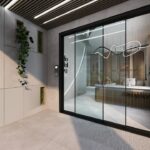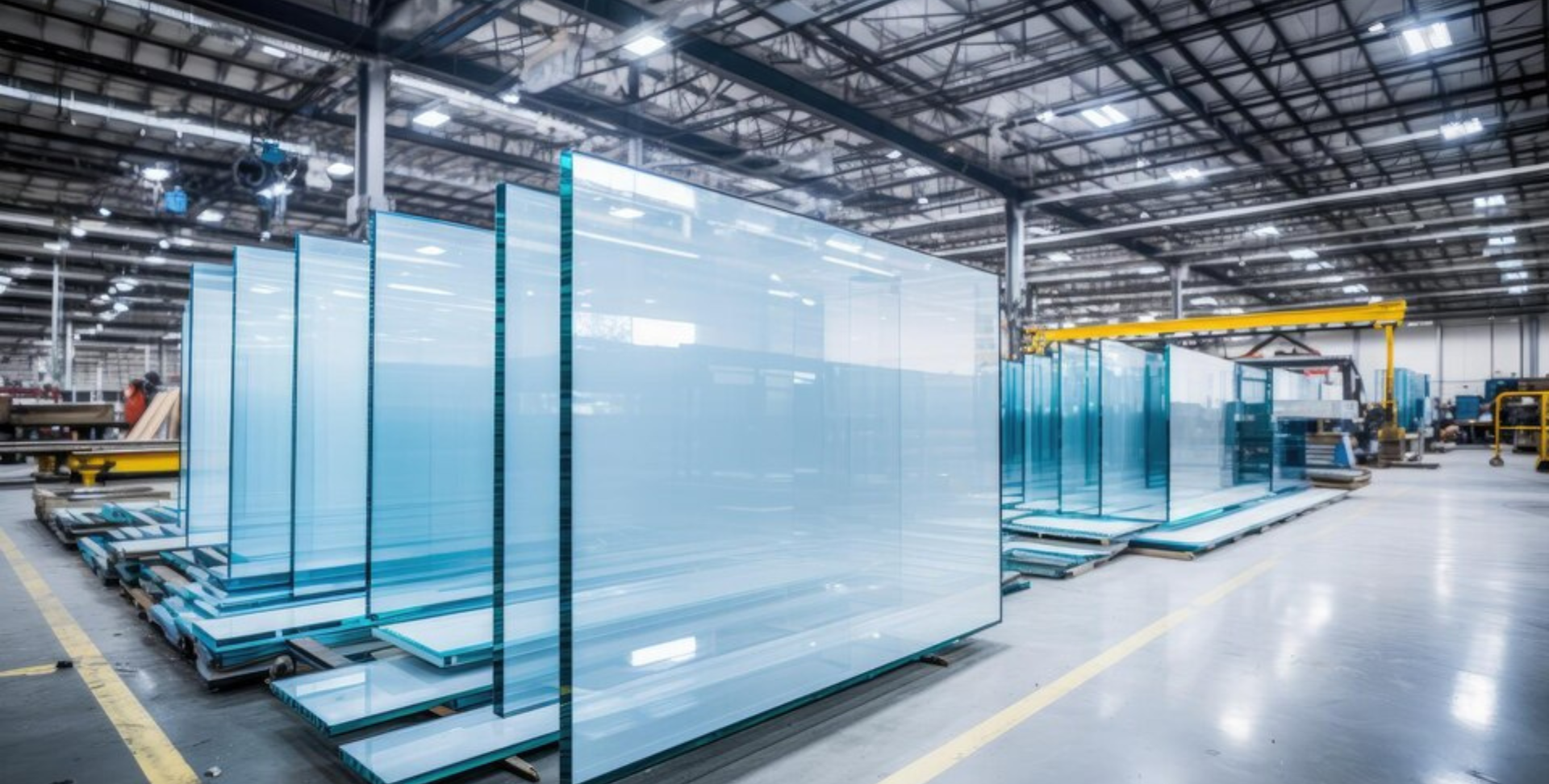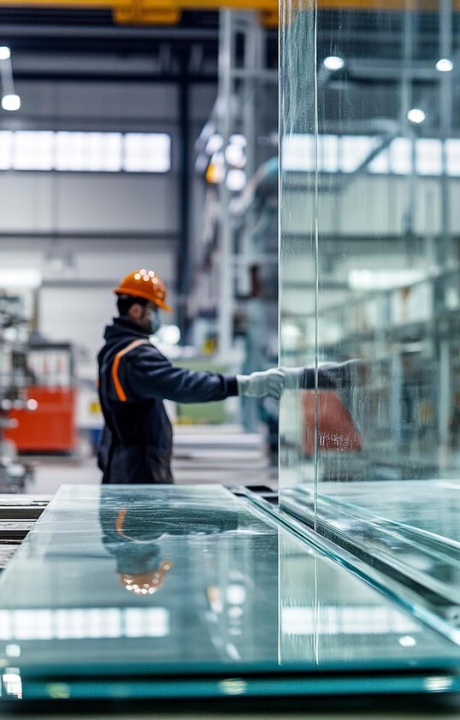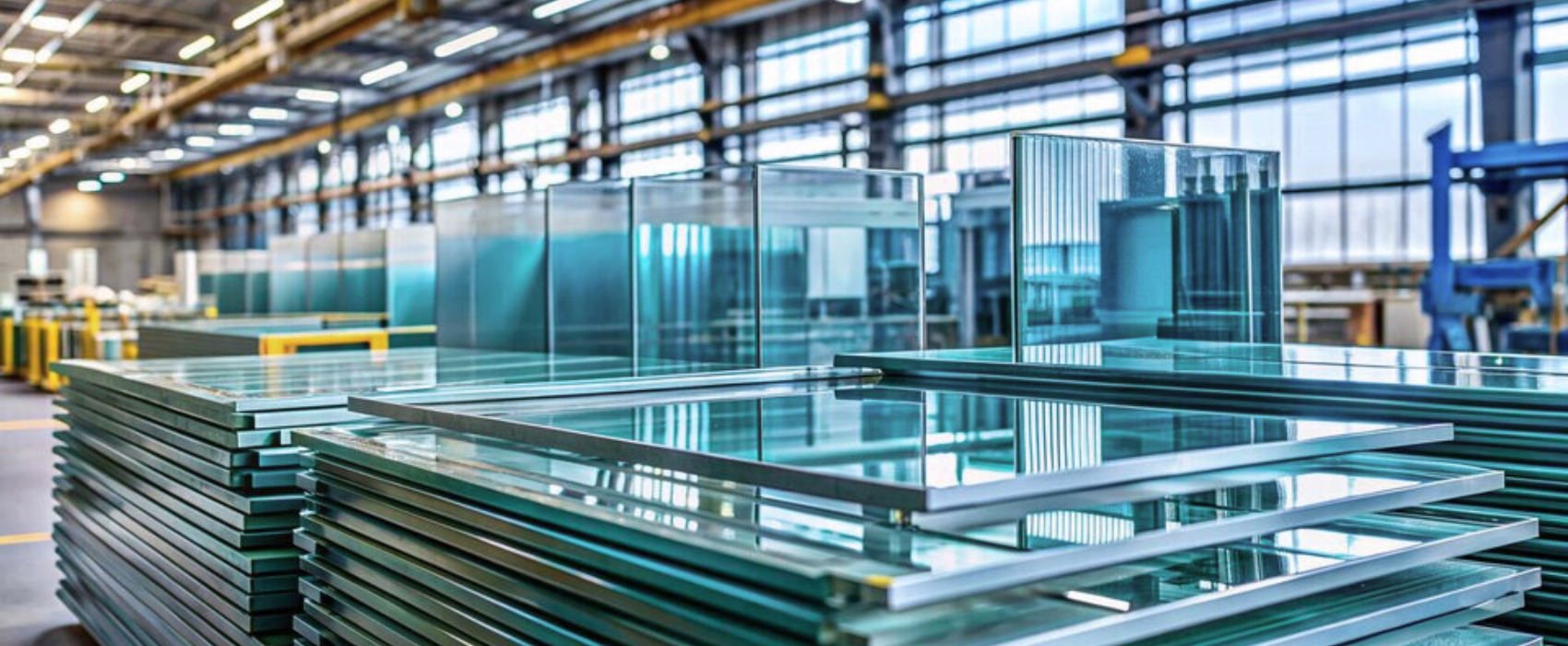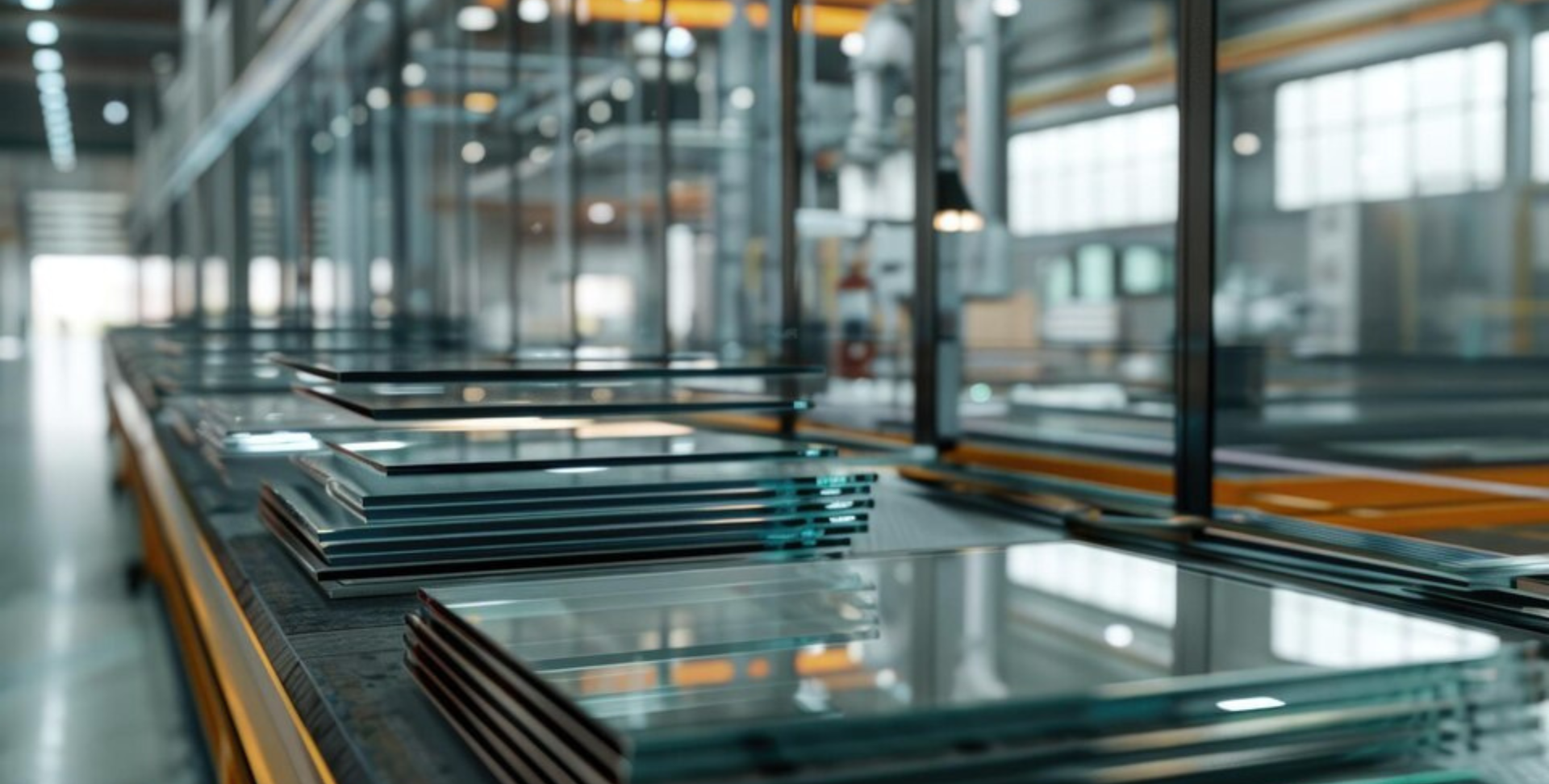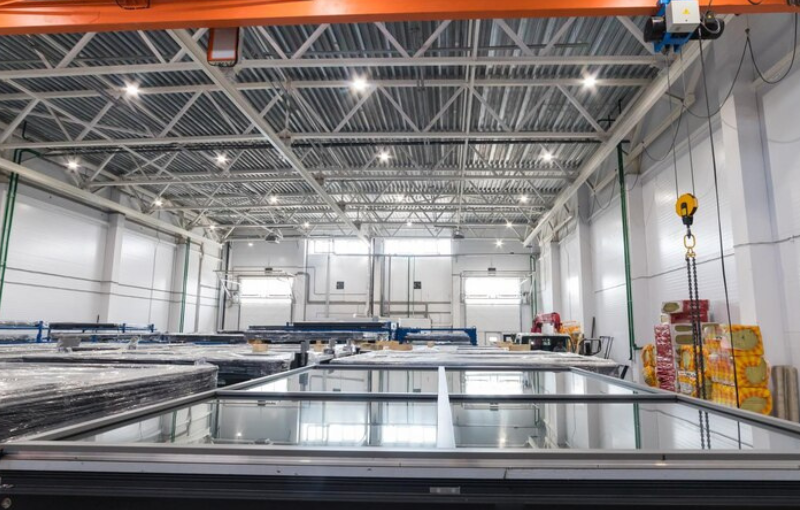Mirrors have transcended their basic functional role to become powerful design elements that can transform interior spaces through their unique ability to manipulate light and perception.
The strategic placement of mirrors in interior design creates visual magic that few other elements can achieve. Beyond their practical purpose, mirrors serve as spatial amplifiers, effectively doubling the perceived dimensions of a room and creating the illusion of expanded space. They capture and redirect natural light, brightening dark corners and reducing the need for artificial illumination during daylight hours. In the hands of skilled designers, mirrors become architectural tools that can visually correct spatial proportions, highlight specific features, and create stunning focal points that anchor an entire design scheme.
“A well-placed mirror doesn’t just reflect what’s in front of it—it creates an alternative reality that complements and enhances the physical space. It’s simultaneously truth-telling and illusion-creating.” — Architectural Digest
Beyond Reflection: Mirrors as Art
The evolution of mirror design has expanded far beyond utilitarian reflective surfaces to include artistic expressions that combine functionality with aesthetic impact. Contemporary mirror artisans craft pieces with beveled edges, antiqued finishes, tinted surfaces, and sculptural frames that transform these reflective elements into statement pieces. Digital printing technologies allow for customized patterns and gradients that partially obscure reflection, creating intriguing visual effects that serve both decorative and privacy functions.
Innovative installations use mirrors in unexpected ways, from ceiling applications that create the impression of infinite height to fragmented mirror compositions that reflect light and color in kaleidoscopic patterns. In commercial spaces, mirrors strategically amplify brand elements and create memorable customer experiences, while in residential settings, they can establish visual connections between separate rooms or bring outdoor landscapes into interior spaces. The psychological impact of mirrors is equally significant—they can make small spaces feel generous, dark rooms feel brighter, and create a sense of expanded possibility within confined environments.
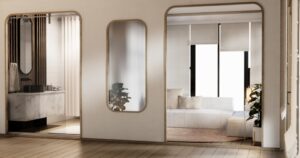
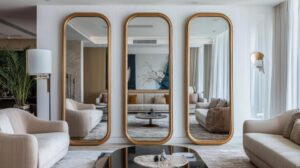
The technical aspects of mirror selection have also evolved, with considerations extending beyond mere aesthetics to include safety backing for high-traffic areas, moisture resistance for humid environments, and distortion-free reflection for applications where accurate representation is crucial. Advanced manufacturing processes now produce mirrors with exceptional clarity and longevity, ensuring these design elements maintain their beauty and functionality for decades.
As sustainable design practices gain prominence, mirrors offer additional benefits through their ability to reduce energy consumption by maximizing natural light utilization. When combined with thoughtful lighting design, mirrors can dramatically enhance the efficiency and effectiveness of both natural and artificial light sources, creating spaces that are not only visually stunning but also environmentally responsible.
In contemporary interior design, mirrors have become essential tools for spatial transformation—creating illusions that enhance reality while serving practical functions that improve daily life. Their unique ability to simultaneously expand, brighten, and enhance spaces makes them indispensable elements in the designer’s toolkit, offering solutions that are both beautiful and functional across all interior environments.


